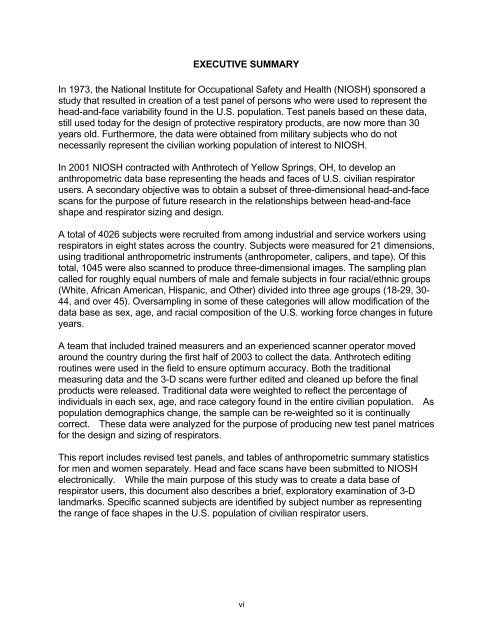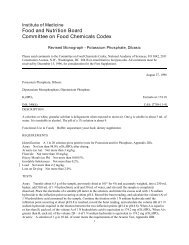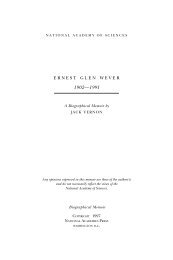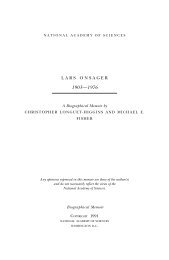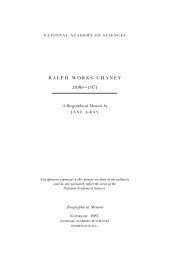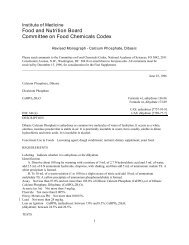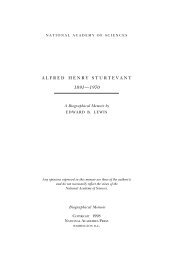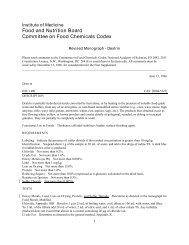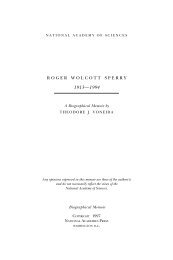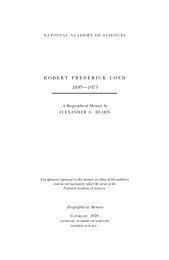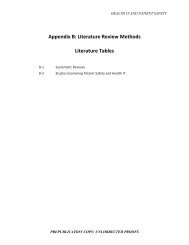A HEAD-AND-FACE ANTHROPOMETRIC SURVEY - The National ...
A HEAD-AND-FACE ANTHROPOMETRIC SURVEY - The National ...
A HEAD-AND-FACE ANTHROPOMETRIC SURVEY - The National ...
You also want an ePaper? Increase the reach of your titles
YUMPU automatically turns print PDFs into web optimized ePapers that Google loves.
EXECUTIVE SUMMARY<br />
In 1973, the <strong>National</strong> Institute for Occupational Safety and Health (NIOSH) sponsored a<br />
study that resulted in creation of a test panel of persons who were used to represent the<br />
head-and-face variability found in the U.S. population. Test panels based on these data,<br />
still used today for the design of protective respiratory products, are now more than 30<br />
years old. Furthermore, the data were obtained from military subjects who do not<br />
necessarily represent the civilian working population of interest to NIOSH.<br />
In 2001 NIOSH contracted with Anthrotech of Yellow Springs, OH, to develop an<br />
anthropometric data base representing the heads and faces of U.S. civilian respirator<br />
users. A secondary objective was to obtain a subset of three-dimensional head-and-face<br />
scans for the purpose of future research in the relationships between head-and-face<br />
shape and respirator sizing and design.<br />
A total of 4026 subjects were recruited from among industrial and service workers using<br />
respirators in eight states across the country. Subjects were measured for 21 dimensions,<br />
using traditional anthropometric instruments (anthropometer, calipers, and tape). Of this<br />
total, 1045 were also scanned to produce three-dimensional images. <strong>The</strong> sampling plan<br />
called for roughly equal numbers of male and female subjects in four racial/ethnic groups<br />
(White, African American, Hispanic, and Other) divided into three age groups (18-29, 30-<br />
44, and over 45). Oversampling in some of these categories will allow modification of the<br />
data base as sex, age, and racial composition of the U.S. working force changes in future<br />
years.<br />
A team that included trained measurers and an experienced scanner operator moved<br />
around the country during the first half of 2003 to collect the data. Anthrotech editing<br />
routines were used in the field to ensure optimum accuracy. Both the traditional<br />
measuring data and the 3-D scans were further edited and cleaned up before the final<br />
products were released. Traditional data were weighted to reflect the percentage of<br />
individuals in each sex, age, and race category found in the entire civilian population. As<br />
population demographics change, the sample can be re-weighted so it is continually<br />
correct. <strong>The</strong>se data were analyzed for the purpose of producing new test panel matrices<br />
for the design and sizing of respirators.<br />
This report includes revised test panels, and tables of anthropometric summary statistics<br />
for men and women separately. Head and face scans have been submitted to NIOSH<br />
electronically. While the main purpose of this study was to create a data base of<br />
respirator users, this document also describes a brief, exploratory examination of 3-D<br />
landmarks. Specific scanned subjects are identified by subject number as representing<br />
the range of face shapes in the U.S. population of civilian respirator users.<br />
vi


